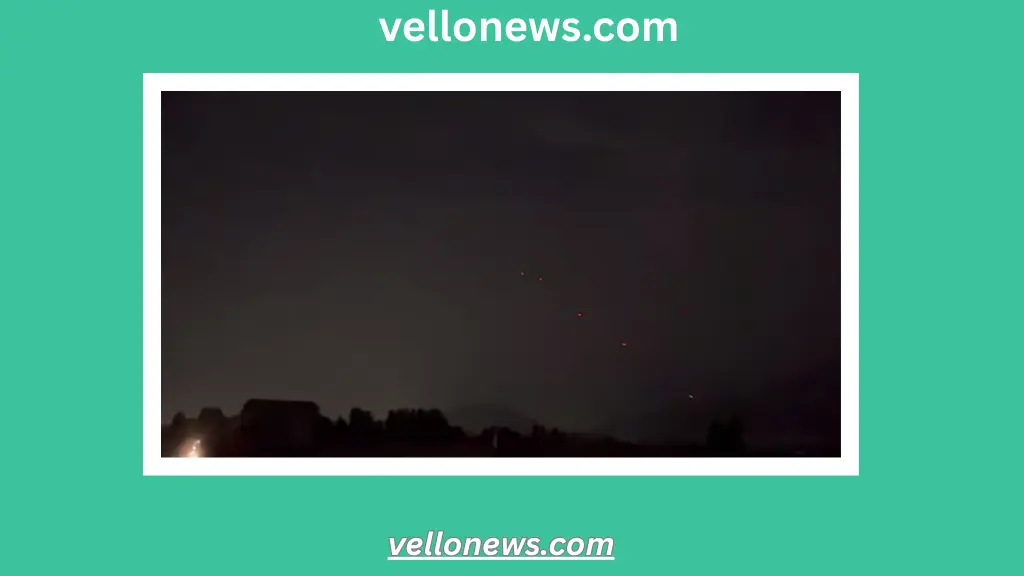India-Pakistan Ceasefire- The India-Pakistan relationship has always walked a tightrope between war and peace. One term that pops up often in headlines, diplomatic briefings, and military talks is “ceasefire.”
But what does it really mean? Is it the end of war or just a break in violence? In early 2025, the two nuclear-armed neighbors once again agreed to uphold a full and immediate ceasefire, raising both hopes and eyebrows across the globe. But is this truce built to last, or is history about to repeat itself?

Overiew: India-Pakistan Ceasefire at a Glance
| Term | Ceasefire |
| Agreed Between | India and Pakistan |
| Latest Agreement Year | 2025 |
| Initiated by | DGMO-level talks, supported by international diplomacy (including the US) |
| Public Statement Highlight | “Full and Immediate Ceasefire” |
| Notable Mediator Mentioned | Donald Trump |
| Violations | Multiple past violations, especially by Pakistan along LoC |
| Purpose | De-escalation and border peace |
What is a Ceasefire?
In simple terms, a ceasefire is a mutual agreement between two conflicting parties to stop fighting, either temporarily or permanently. In the context of India and Pakistan, it often refers to halting cross-border firing and infiltration along the Line of Control (LoC). However, the word doesn’t always guarantee peace—it’s a pause, not a solution.
Ceasefire Between India and Pakistan: The 2025 Scenario
The India-Pakistan ceasefire of 2025 came after a tense standoff and international pressure. A joint statement from both countries’ Directors General of Military Operations (DGMO) confirmed the truce. This announcement closely followed a cryptic post on Truth Social by Donald Trump, congratulating both nations for their “common sense” and “intelligence.”
While such statements create waves on the internet and in diplomatic circles, the people living near the LoC are the real beneficiaries—at least in the short term. The question remains, can this ceasefire stand the test of time?
Why Do Ceasefires Keep Breaking?
Though ceasefires are declared with hopeful tones, Pakistan has repeatedly violated the agreements, especially in the form of cross-border shelling and militant infiltration. These actions not only undermine trust but also lead to civilian and military casualties.
From Indira Gandhi’s era to modern-day leaders like Dr. S. Jaishankar, efforts for peace have been ongoing, yet fragile. Every time a violation occurs, not just soldiers but also diplomacy bleeds.
The Role of DGMO: More Than Just Military
The Director General of Military Operations (DGMO) of both countries plays a key role in maintaining the ceasefire. These officers, typically of the rank of Lieutenant General, act as the primary communication bridge in times of military tension.
Regular DGMO-level talks have become a common channel to voice concerns, share intelligence, and prevent small skirmishes from snowballing into major conflicts.
Also Read:
Golden State Warriors vs Timberwolves Match Player Stats
Judge Jeanine Just Broke Her Silence on Trump—What She Said Will Shock You
Cardinal Robert Prevost: The First American Pope?
Ceasefire, Not Surrender: Understanding the Terminology
Let’s get one thing straight: a ceasefire is not a surrender. It’s not a sign of weakness but of maturity and strategic calculation. The goal is to create breathing space—for diplomacy to act and for civilians to sleep peacefully at night.
For villagers in Jammu and Kashmir or in border districts of Punjab, the sound of silence is golden. Children return to schools, farmers till their fields, and families dare to plan futures. For them, peace is not a luxury, it’s a lifeline.
The Bigger Picture: Is the War Over?
No, not officially. But every ceasefire is a step closer to avoiding full-scale war. As long as there’s mutual respect and enforcement of terms, hope survives. And when global leaders like Donald Trump make bold claims of de-escalation, the world watches—and waits.
Conclusion
The ceasefire between India and Pakistan in 2025 has given both countries a much-needed pause from bloodshed and brinkmanship. While it’s too early to call it a lasting peace, it certainly provides a foundation. What happens next depends not just on military strategies but also political will, public opinion, and international diplomacy.
If the nations stick to their word and punish violations instead of just condemning them, the phrase “full and immediate ceasefire” may finally mean something beyond a press release.
Frequently Asked Questions (FAQs)
1. What is a ceasefire in war?
A ceasefire is a temporary or permanent stop in fighting between two parties to allow peace talks or reduce conflict.
2. Who is the DGMO of India?
The DGMO of India is a senior officer in the Indian Army responsible for military operations and coordination during peace and conflict.
3. Did Donald Trump play a role in the India-Pakistan ceasefire?
While not officially credited, Trump claimed on Truth Social that the US played a behind-the-scenes role in brokering the 2025 ceasefire.
4. What happens if Pakistan violates the ceasefire?
India usually retaliates militarily and raises the issue through DGMO-level talks and diplomatic channels.
5. Is the war between India and Pakistan over?
No, there’s no official end to conflict, but ceasefires reduce immediate tension and the risk of war.